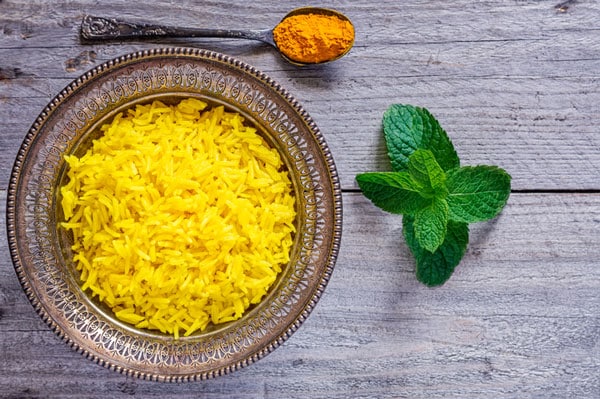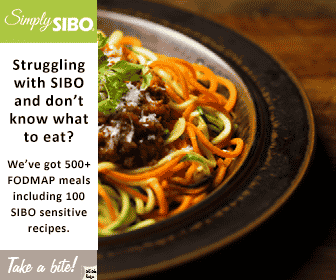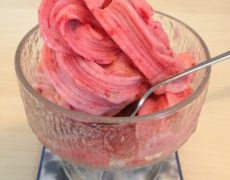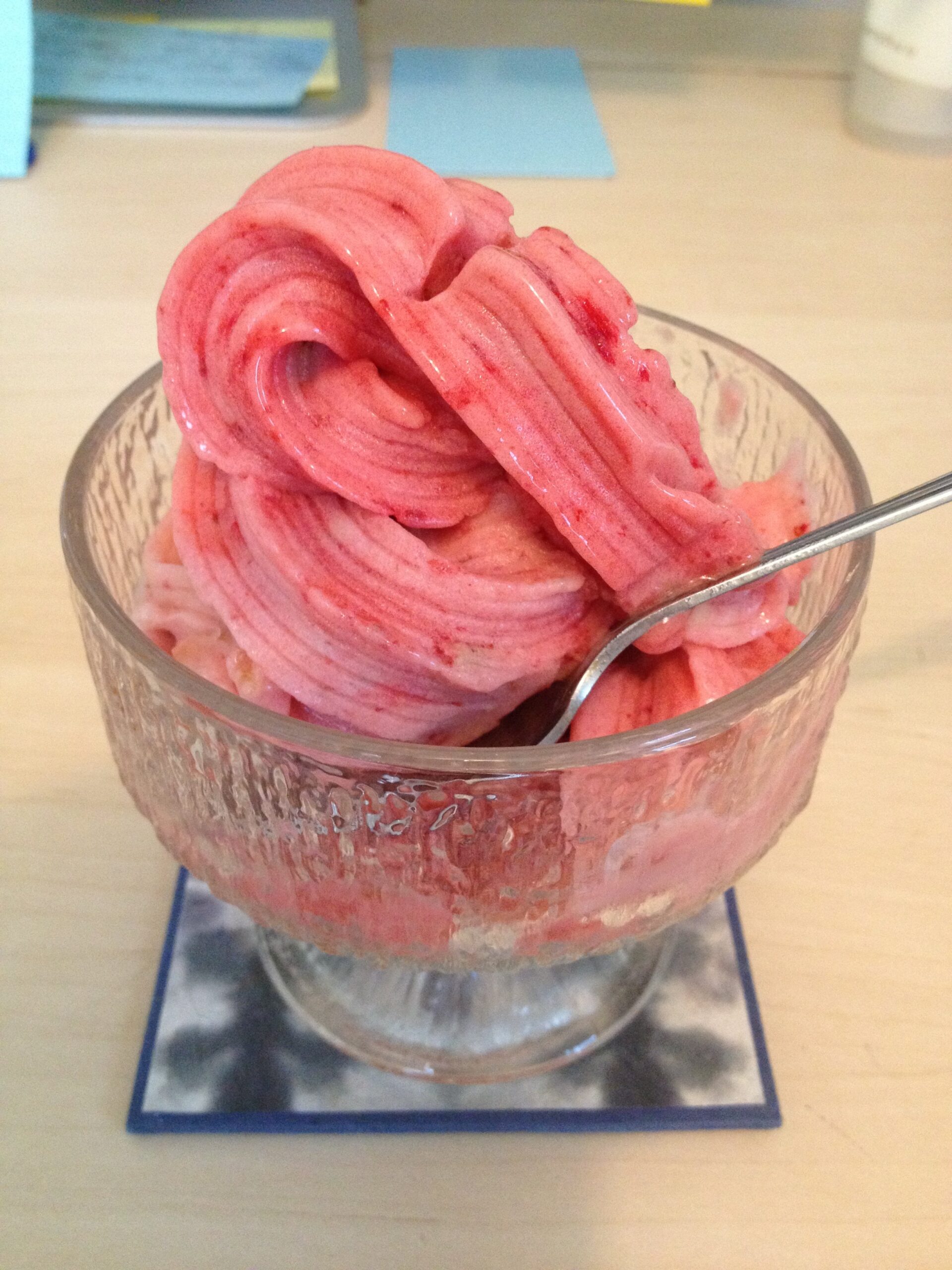Lemon Chili Rice
Lemon Chili Rice recipe is based on the traditional cooking techniques practiced in Southeast Asia. It is incredible how these seemingly different ingredients can taste so great when they are mixed together.
How to cook your brown rice and why to soak it
Cooking brown rice is not very different compared to cooking white rice. Of course you probably already know, confirmed by research, that brown rice is more nutritious than white rice. Rice is especially important for people dealing with gluten-related health issues since it is gluten free. For people with true celiac though, I would recommend buying brown rice sealed in a bag from a certified gluten free facility, so there is no contamination.
I recommend that if you have time, you let the brown rice soak in the water for at least 30 minutes. If possible, leave it in water overnight and if it is very hot, keep it overnight in the fridge. It would be perfect if you leave it for a few hours (8 hours max.). Remember that you should strain the content and use new, fresh water before turning the heat on. You should also use a pinch of Celtic salt to cooking. This is a very non-scientific way to measure water a friend once taught me years ago back in Poland, which seems to work, at least for my pinky. The right level of water for the rice is the level of water that comes up to half your pinky, when you stick it in the water barely touching the surface of the rice. See if that works for you. This way, I never have to worry about measuring rice versus water.
Soaking rice can improve its digestibility and can reduce the cooking time for up to 50%. In addition, some say that the rice and the dish, in general, will taste better in this way.
Curry leaves vs bay leaves
The lemon chili rice recipe includes curry leaves that can be replaced with bay leaves, but do you know the differences between these two types of leaves?
The first obvious reason is their origin – curry leaves are traditionally used in Asia while bay leaves are used in Europe. Next, bay leaves are slightly bigger and they are shinier compared to curry leaves. But, the biggest difference between these two types of leaves is their flavor. Those who have tried curry leaves know that they are relatively sweet and have some citrusy notes too, although to me they have a deeper meaty flavor. They are also a little bit peppery. When it comes to bay leaves the situation is different. These leaves are known for their lemony and powerful aroma. They also contain mild bitter and earthy notes too. So, it’s probably better to use a smaller amount of these leaves in any recipe. What is similar is that both are not chewed on. They are used in the cooking but then removed or avoided. Curry leaves have nothing to do with the yellow curry spice. They are only available in Asian or Indian supermarkets (it is a staple in Indian cuisine) although I now also see them in our local health food store MOM’s in Baltimore area. You want to dry it or keep it in the freezer if you buy a bunch. You can throw them into any cooking of curry, lentils, lentil stews and Indian rice. Curry leaves are some of my favorite spices.
Ground turmeric powder vs fresh turmeric root
Turmeric is another ingredient that is part of this lemon chili rice recipe. But, should you use ground turmeric powder or fresh turmeric root? Before we answer this question let’s say that both versions of this spice are healthy. However, most experts agree that fresh turmeric (just like any other ingredient that is fresh) is better than powder. The main reason for this claim is that the active ingredient in turmeric (the one that provides most of the health benefits associated with turmeric) can be lost during processing. Of course, not all of it will be lost, but fresh turmeric root has the highest amount of curcumin. In addition, bioavailability is on the side of fresh turmeric root too. If you are going to use fresh turmeric, see if you can freeze it and then grate it with a microplane directly over the dish, and then put the rest back in the freezer. Working with fresh turmeric can be tricky similarly to fresh ginger.
Enjoy this savory lemon chili rice! Looking for more recipes with functional nutrition benefits? We have many more on the recipe blog here!
**To learn how to get rid of arsenic in rice, read more here.

Notes
*To learn how to get rid of arsenic in rice, read more here.
Ingredients
- 1 ½ cups brown rice*
- 2 ¼ cups of water
- ¾ teaspoon turmeric
- 4 tablespoons coconut milk
- 2 tablespoon chopped nuts
- 4 curry leaves or bay leaves
- ½ teaspoon chopped parsley
- 1 teaspoon honey
- 1 clove of garlic, minced
- 1/3 teaspoon mustard seed
- 1 green chili, seeded and finely chopped
- 1 T olive oil or clarified butter
- 1 tablespoon lemon juice
- 1 lemon sliced for garnish
- Celtic Sea Salt
- Black pepper
Instructions
- Cook the rice with water and turmeric in a saucepan over high heat until boiling. Reduce heat, cover, cook for 12 minutes. Cook nuts, curry leaves, mustard seeds, and honey in the butter or oil. Stir into rice with the coconut milk, adding the lemon juice. Cover and cook for another 8 minutes until the rice has absorbed the liquid. Garnish with lemon slices.
LEAVE A COMMENT
If you want to transform your life, if you want health and wellness, if you want peace of mind, there isn’t a better investment than working with Kasia.~ Beth























0 Comments
No comments yet